Choosing the right web hosting provider isn’t just about specs and pricing tables. It’s like picking a home for your website. You want something solid, reliable, and dependable. Ideally, a reliable hosting provider does not crash every time there’s a bit of traffic or a hiccup in the server room.
Because when your website goes down, it’s not just annoying. It’s expensive. We’re talking an average of $5,600 for every minute your site is offline. No, that’s not a typo.
So, whether you’re running a personal blog or managing a high-traffic ecommerce store, your hosting provider matters a lot, especially when it comes to uptime vs downtimes.
Why? Let’s break it down.
Understanding the Basics of Web Hosting
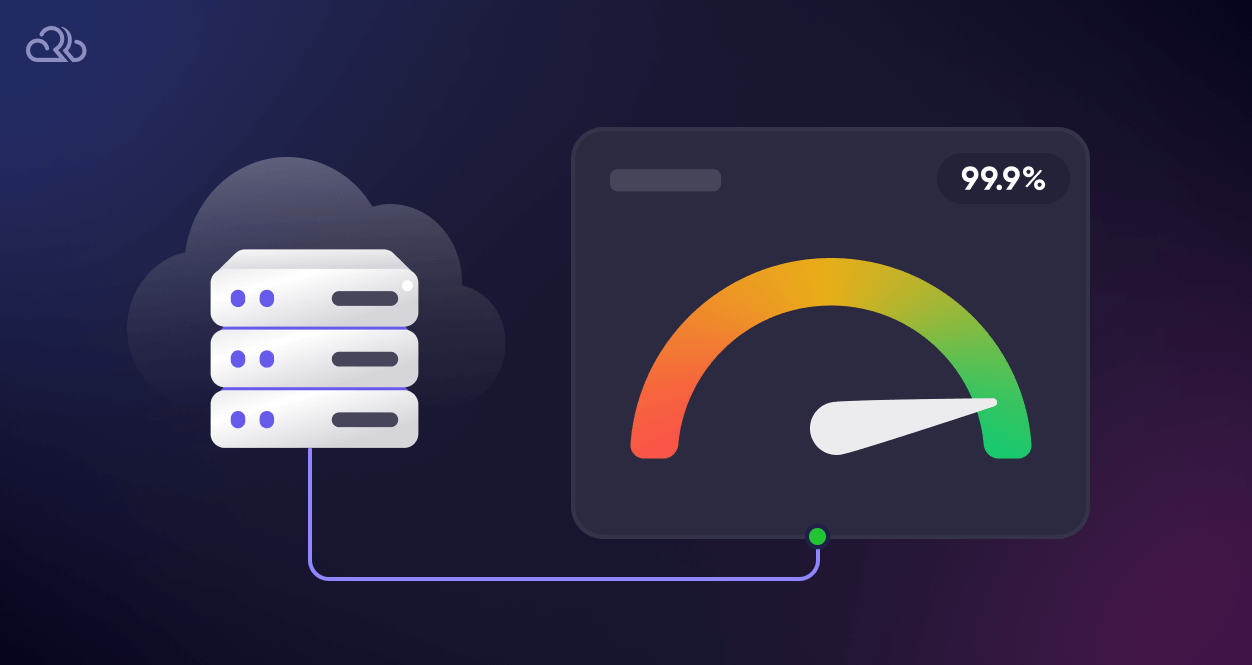
Navigating the world of web hosting can be a bit like learning a new language. However, understanding a few key terms can make the journey much easier. Let’s break down some basic concepts.
What is Web Hosting?
To keep it simple, web hosting is a service that allows individuals and organizations to make their websites accessible via the internet. Hosting providers (like Rapyd Cloud) offer the technology and support needed to store website files on web servers and ensure they’re available to users around the clock.
However, many different factors determine whether the web host provider you’re choosing is good for you. One of the most important factors is downtime vs uptime.
What is Uptime in Web Hosting?
Think of uptime as your website’s “open hours.” Just like a physical store that welcomes you during its operating hours, uptime is the amount of time your website is online, functional, and accessible to visitors. The higher the uptime, the more consistently your site is “open for business.”
Most reliable hosting providers aim for at least 99.99% uptime, which translates to less than 5 minutes of downtime per month. For businesses where every click can turn into a conversion, this consistency isn’t just nice to have; it’s critical.
What is Downtime in Web Hosting?
Downtime is the opposite. It’s when your site is offline and inaccessible. Like a store that’s closed when someone wants to buy groceries, a website experiencing downtime turns visitors away.
Whether caused by server issues, network failures, or traffic overloads, even short bursts of downtime can be damaging. According to Gartner, the average cost of IT downtime is $5,600 per minute, and that number can skyrocket for ecommerce stores and platforms with live users.
The Impact of Uptime and Downtime on Online Businesses

When it comes to web hosting, uptime and downtime are more than just fancy words. They have real, tangible effects on your website and your business. Let’s explore what these effects are.
1. The Direct Impact on Website Accessibility
Visitors expect websites to be available 24/7. If someone clicks a link and gets an error message, their trust in your brand takes a hit. In fact, a Google survey revealed that 53% of users abandon sites that take more than 3 seconds to load, so imagine the frustration if the site doesn’t load at all.
On the other hand, consistent uptime builds reliability. Your site becomes a dependable destination, whether it’s for customers, students, or community members.
2. SEO and Website Ranking
Google doesn’t just rank based on content quality. Site availability plays a major role, too. Frequent or extended downtime can cause search engines to de-prioritize your site in rankings.
If your website is consistently unavailable when crawlers attempt to access it, you risk losing your spot on the front page. Uptime contributes to better crawlability, indexing, and ranking, all things essential for organic traffic.
User Experience and Customer Satisfaction
Think of your website as your digital storefront. A closed store frustrates customers. Similarly, when users can’t access your site, or it crashes during a key action like checkout or course enrollment, they’re unlikely to return.
47% of consumers expect a website to load in under 2 seconds, and if it’s not available at all? They bounce, sometimes straight to your competitors.
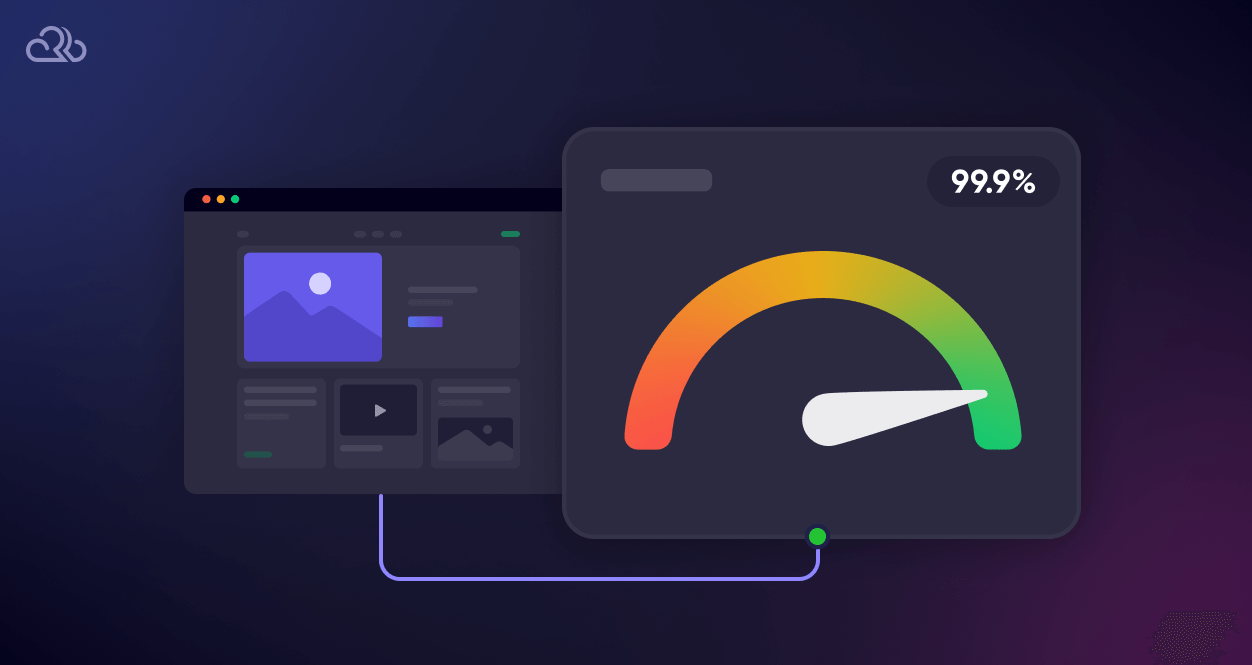
What Do Web Hosting mean by 99.99% Uptime?
Let’s be clear: not all uptime guarantees by different web hosting companies are built the same. Here’s what those percentages actually look like in real-world terms:
- 99.9% uptime = up to 8.76 hours of downtime per year
- 99.99% uptime = just 52.6 minutes per year
That’s the difference between missing a few sales and losing your entire Black Friday rush.
For industries like finance, healthcare, e-commerce, or education, every second your site is down can mean compliance violations, interrupted transactions, or frustrated users abandoning you mid-click. When your website powers your business, uptime isn’t a nice-to-have; it’s your operational baseline.
Choosing a reliable web hosting or exploring a trusted Kinsta alternative means choosing one that guarantees you a high uptime.
This is why Rapyd Cloud is one of the best choices for mission-critical websites. Not only does it perform the fastest in the industry, but it guarantees 99.99% Uptime, which is one of the industry’s highest.
Downtime Impact Analysis: Why Minutes Matter
Downtime doesn’t just show up on a server log. It hits your revenue, reputation, and readiness. Sometimes all at once.
1. The Financial Cost of Downtime
According to Gartner, the average cost of IT downtime is $5,600 per minute. That’s $300,000 an hour in potential losses, a combination of dropped transactions, halted productivity, customer churn, and emergency recovery efforts.
And that’s just the average. For high-traffic WordPress platforms, especially membership sites, LMS platforms, or live eCommerce stores, the cost can be far greater.
2. Operational Impact
While some downtime is planned (maintenance, updates), the real damage comes from the unexpected. Unplanned outages can corrupt data, open the door to security vulnerabilities, and trigger cascading failures across other systems.
A single hour of unplanned downtime can take several hours, even days, to fully recover from.
3. Security and Compliance
Industries with strict regulatory oversight, like healthcare (HIPAA), finance (PCI-DSS), or education (FERPA/GDPR), can’t afford gaps in uptime. Downtime during sensitive operations doesn’t just disrupt service; it can violate compliance, expose data, and lead to hefty penalties or lawsuits.
How to Choose a Reliable Hosting Provider
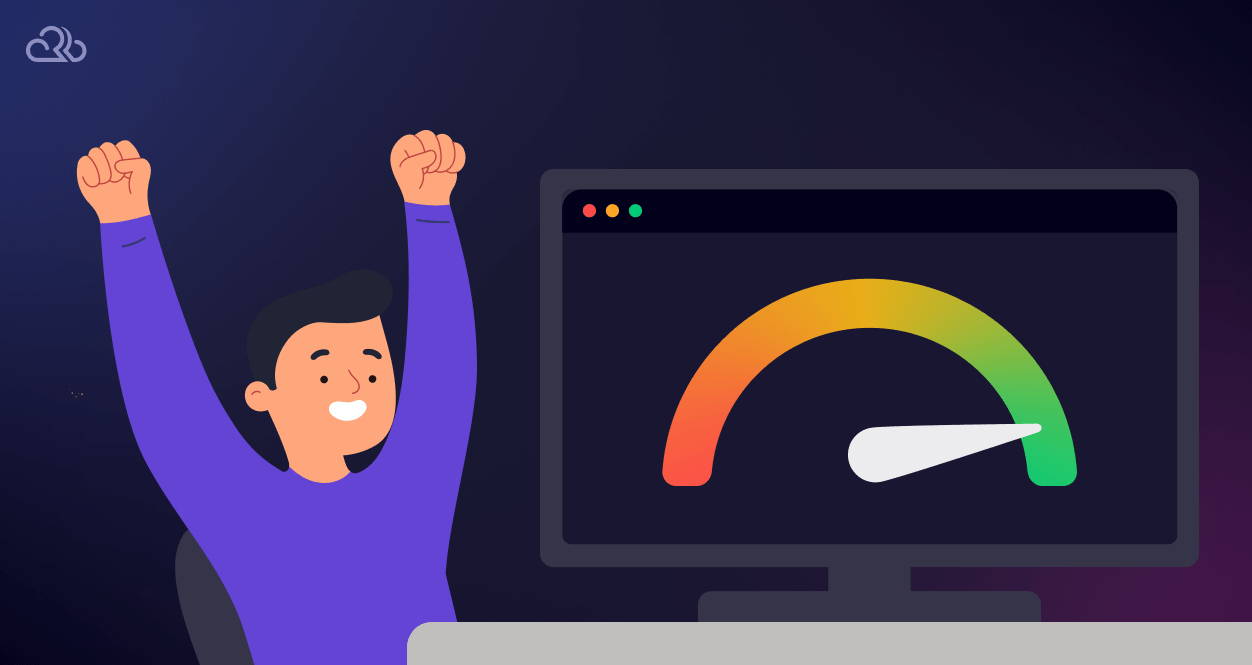
Choosing the right hosting provider is more than just picking the cheapest plan or the one with the ads. It’s about finding a partner that can support your website’s performance, security, scalability, and growth. Here’s how you can find the most reliable and fastest WordPress hosting for your website:
1. Uptime Guarantee – Look for providers that offer a minimum of 99.9% uptime. Anything lower puts your site at risk of frequent unavailability.
2. Speed & Performance – Fast page loading times are critical for user experience, SEO, and conversion rates. Server optimization, free WordPress CDN integration, and caching technology play a huge role here.
3. Scalability – Your hosting should grow with your business. Whether it’s handling sudden traffic spikes or adding more websites, the platform should make scaling seamless.
4. 24/7 Customer Support – Issues can arise anytime. A reliable host offers round-the-clock support via multiple channels — ideally with real WordPress-savvy experts on standby.
5. Security Features – Essential protections include firewalls, malware scanning, DDoS protection, SSL certificates, and regular software updates.
6. Automatic Backups – Daily or real-time backups ensure that your data is never lost and can be restored quickly in case of an issue.
7. Ease of Use – An intuitive dashboard and user interface make site management easier, especially if you’re managing multiple projects or don’t have a dev team.
8. Developer-Friendly Tools – Features like SSH access, staging environments, Git integration, PHP version control, and cron jobs are critical for developers and agencies.
9. Multiple Site Support – If you plan to host more than one website, look for plans that offer multiple site or multiple domain support under a single environment.
10. Pricing & Value – Transparent pricing with no hidden charges, fair resource limits, and the right balance between cost and capability is key.
11. Reputation & Reviews – Check third-party reviews, user testimonials, and Trustpilot scores to get a real sense of customer satisfaction and long-term reliability.
12. Migration Support – Moving hosts should be simple and safe. Look for providers that offer free or guided site migration without risking downtime or data loss.
Why Rapyd Cloud is The Most Reliable Hosting Provider for WordPress Websites
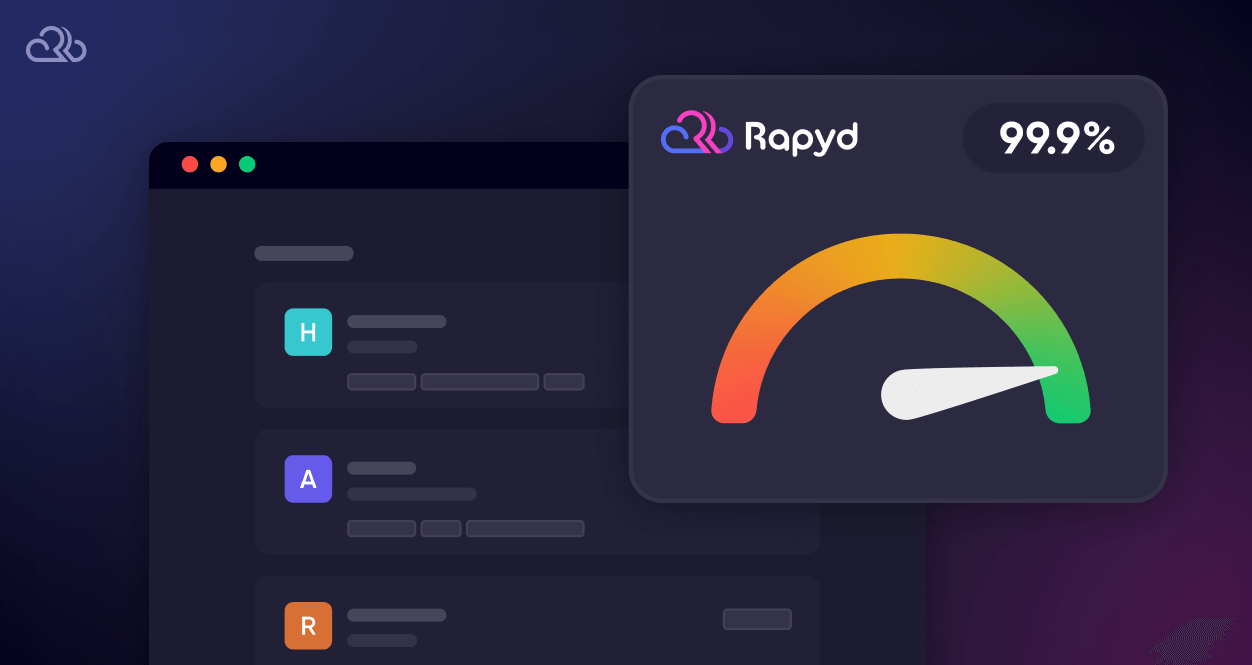
Rapyd Cloud is hands-down the most reliable web hosting service based on real-world performance and data-backed studies. Here are some reasons why:
✅ 99.99% Uptime That You Can Rely On
Our infrastructure is designed to stay up, no matter what. With automatic failovers, proactive monitoring, and intelligent scaling, we help you stay online and in business, 24/7.
✅ Blazing Fast Performance, Even Under Pressure
Rapyd Cloud is engineered for speed at scale. We use hyperspeed-optimized server stacks, edge caching, and performance-tuned environments, delivering lightning-fast load times even for heavy WordPress setups like BuddyBoss, LearnDash, WooCommerce, and LMS plugins.
✅ World-Class 24/7 Expert Support
We don’t do generic scripts or long wait times. Our support team is made up of WordPress-savvy engineers who go above and beyond, including collaborating with plugin developers (like BuddyBoss) to solve complex issues when needed.
✅ Built-In Security and Peace of Mind
From enterprise-grade firewalls and malware scanning to automatic daily backups and DDoS protection, we take your security seriously, so you don’t have to think twice.
✅ Developer-Friendly to the Core
SSH access, staging environments, Git, cron jobs, and PHP version management, all included. We’ve built this for the real builders of the internet.
✅ Predictable Pricing, No Nasty Surprises
With Rapyd Cloud, what you see is what you get. No forced upsells. No charging extra for essentials like backups or staging. Just powerful hosting at a fair price that grows with you.
✅ Loved by WordPress Power Users
Our customers aren’t shy about sharing their experiences, and they speak volumes. With a 4.8-star rating on Trustpilot and a growing community of passionate users, Rapyd Cloud has become the go-to for WordPress professionals who were let down by “big name” hosts.
Read More: WordPress Speed Optimization
Bonus: Tools and Resources to Monitor Website Uptime

When it comes to managing a website, monitoring its uptime and downtime is essential. Here are some tools that can assist you to measure and find reliable hosting providers.
1. UptimeRobot
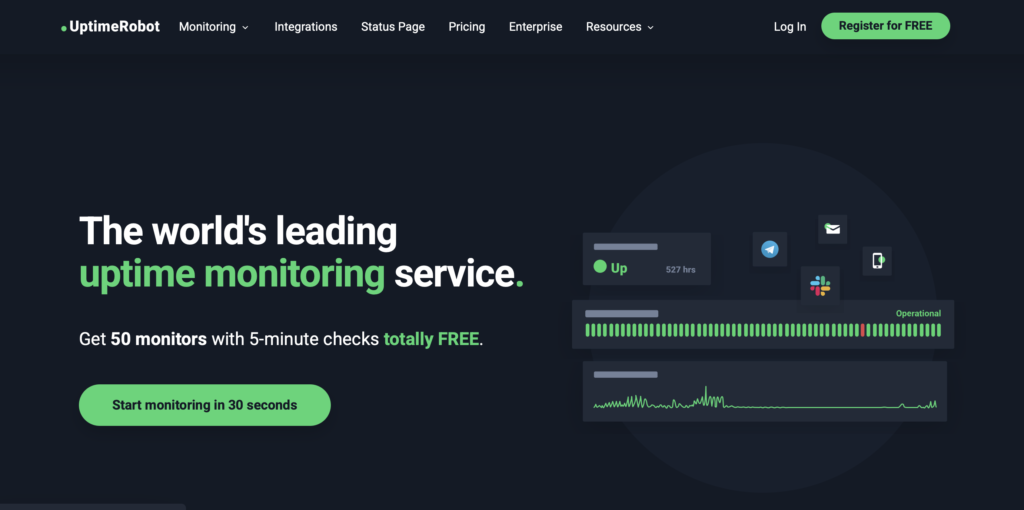
UptimeRobot offers 50 monitors with 5-minute checks for free. It allows you to start monitoring in just 30 seconds and currently monitors over 7.5 million monitors for more than 2.1 million users and companies.
Best for: Simple, reliable uptime monitoring with generous free limits
- Free plan includes up to 50 monitors
- Checks every 5 minutes (or every 1 minute on paid plans
- Monitors HTTP(s), ping, port, and keywords
- SMS, email, and app alerts
2. StatusCake
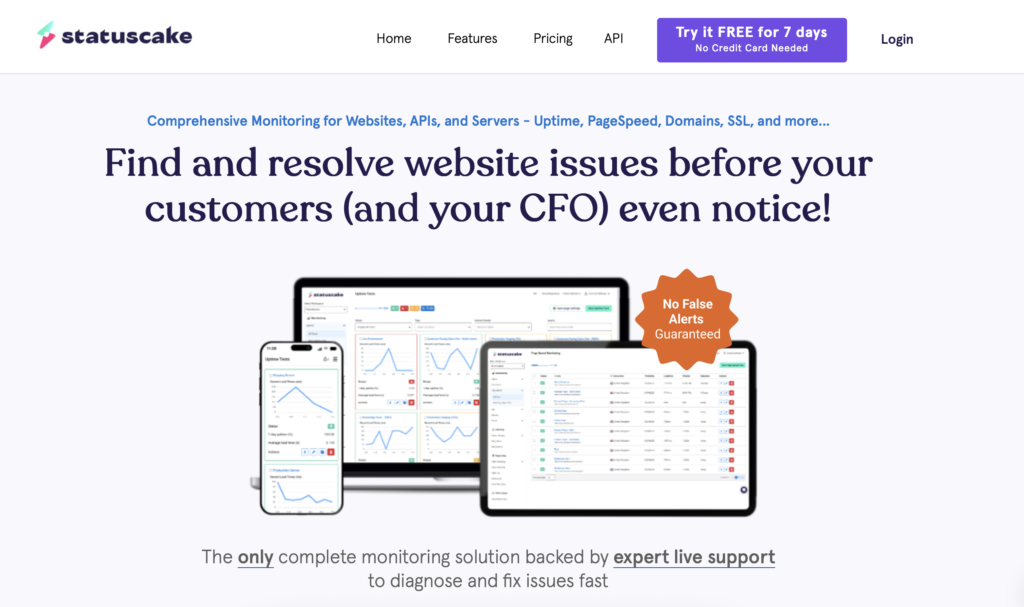
StatusCake is built for teams who want to move fast and still catch issues instantly. Their UI is clean, and it’s easy to manage multiple projects.
Best for: Fast setup and flexible global monitoring
- Offers SSL monitoring and page speed tracking
- Up to 30-second monitoring intervals
- Integrates with Slack, PagerDuty, and more
3. Pingdom
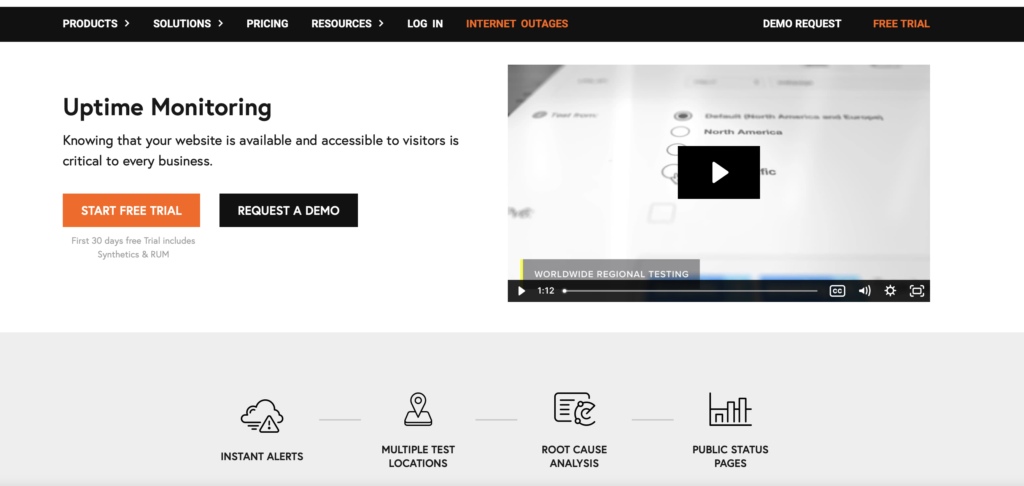
Pingdom is one of the most trusted names in website monitoring. If you’re serious about user experience as well as uptime, this one gives you both.
Best for: Visual reports and synthetic transaction monitoring
- Advanced reporting and root cause analysis
- Real-time alerts from over 100 locations worldwide
- Tracks uptime, page speed, and user experience
4. Better Uptime

Better Uptime is more than a monitor. It acts like a mini command center for your infrastructure, which is especially useful if you’re a startup or agency managing client sites.
Best for: Combining uptime monitoring with incident management
- Native integrations with tools like Notion, Slack, and Zapier
- Uptime checks, screenshots, call alerts, and on-call scheduling
- Beautiful public status pages
Conclusion
Choosing the right hosting provider is crucial for keeping your website open and working well. This blog walked you through the importance of uptime and downtime, how to measure them, and what to look for in a hosting provider to ensure your website is available when your visitors want to access it. We also discussed tools to monitor uptime and downtime, and resources to find reliable hosting providers. Your website’s reliability heavily relies on the hosting provider you choose, so taking the time to make an informed decision is well worth the effort. While there are many good options out there, Rapyd stands out as a high-performance managed WordPress hosting provider and LMS hosting, ensuring your site stays up and runs smoothly.
Frequently Asked Questions
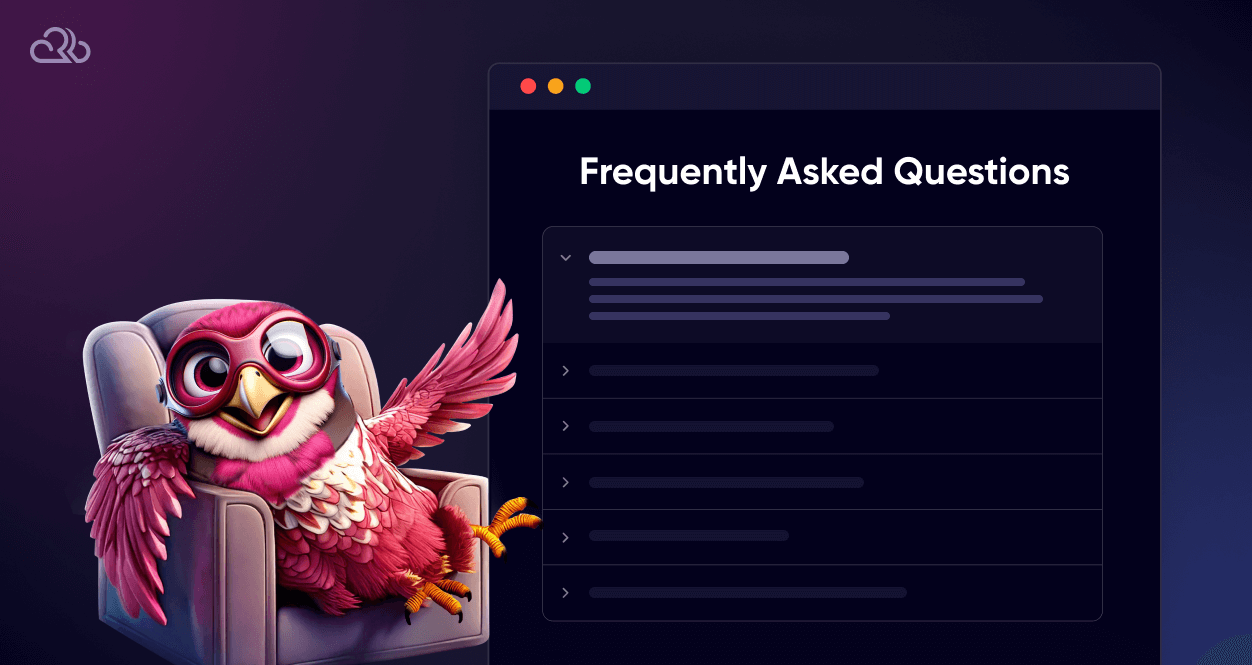
What is the best web hosting provider?
The “best” hosting provider largely depends on your specific needs, such as the type of website you’re running, your budget, and your technical expertise. However, if you are running a dynamic WordPress site, Rapyd Cloud is an easy choice. Why? Because of its high-performance infrastructure, 99.99% uptime guarantee, iron-clad security, 24/7 Expert support, and many other factors.
Who is the fastest and cheapest hosting provider?
The balance between speed, reliability, and cost is vital when choosing a hosting provider. Some providers may offer low prices but compromise on speed or reliability. Rapyd Cloud, on the other hand, emphasizes delivering top-tier performance and unbeatable uptime, making it a valuable choice for WordPress site owners seeking an optimal balance of speed and cost.
Which web host is the fastest?
The speed of a web host can be influenced by various factors, including server hardware, network infrastructure, and the optimization of the hosting environment for a specific platform like WordPress. Rapyd Cloud shines in this aspect with a well-optimized hosting environment that ensures your WordPress site runs swiftly and smoothly, enhancing user satisfaction and SEO positioning.
How do I find the best web host?
To find the best web host, it’s important to identify your needs, research and compare different hosting providers, read user reviews, and consider the technical support and uptime statistics they offer. For example, the best hosting for a static website might not provide the result needed in LMS hosting services. A high-performance managed WordPress hosting provider like Rapyd could be a solid choice, offering a robust infrastructure designed to ensure high uptime and exceptional site performance.






